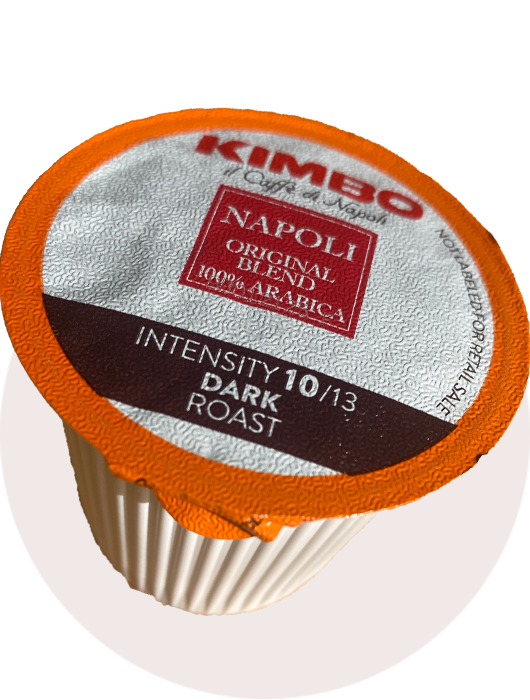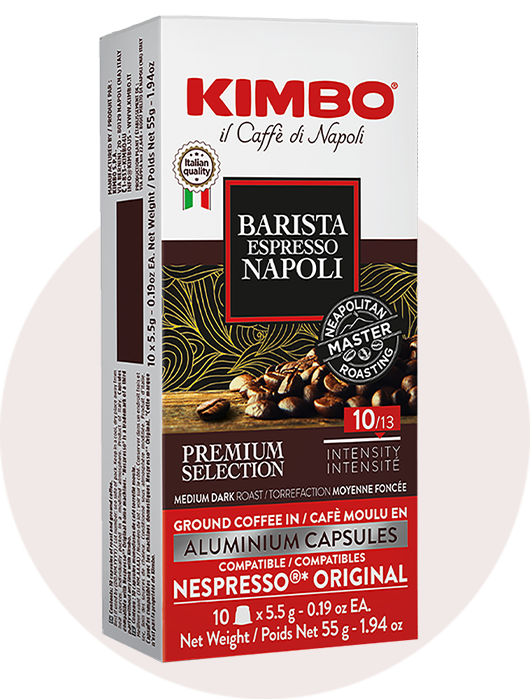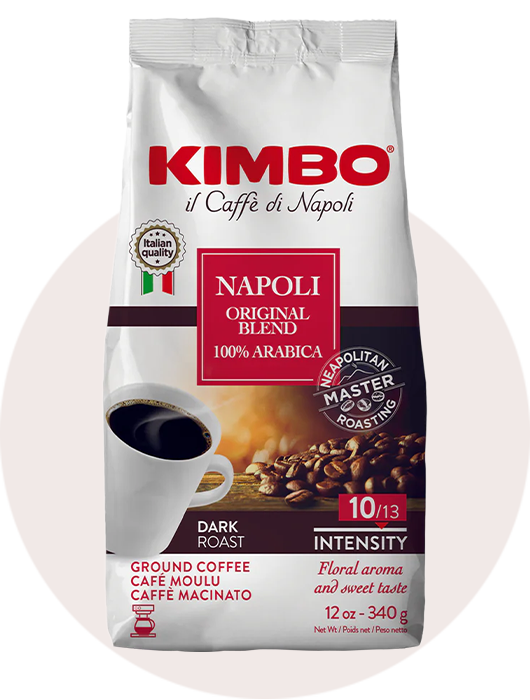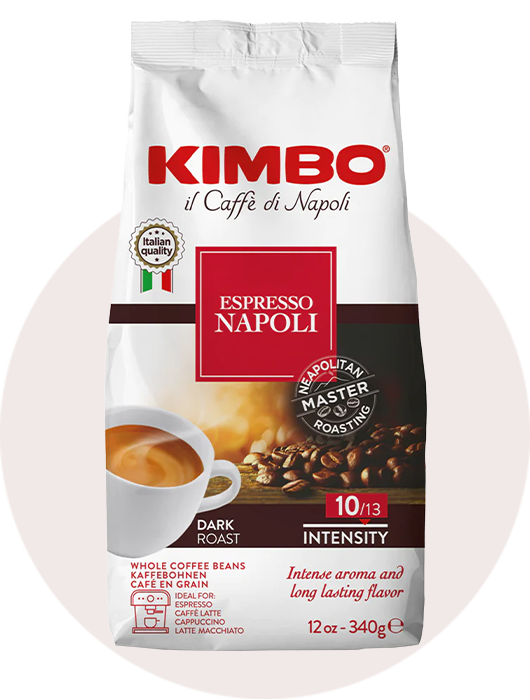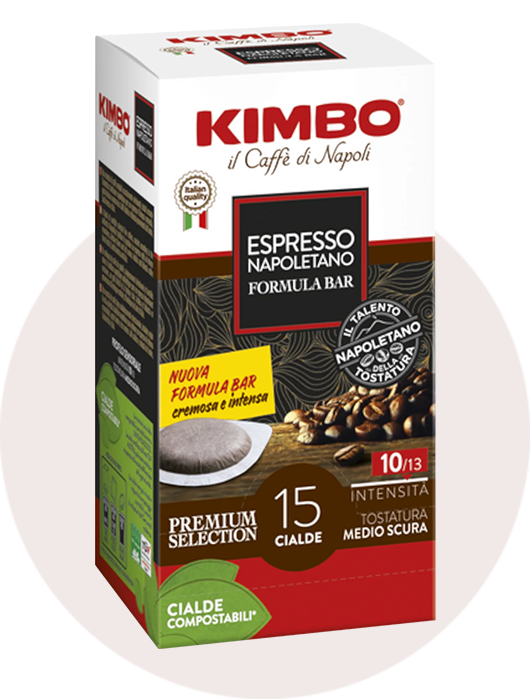Have you ever craved the rich intensity of espresso without owning an expensive machine? You're not alone. Making espresso at home with ground coffee might seem challenging, but with the right techniques, you can create a surprisingly good alternative to machine-brewed espresso that satisfies your coffee cravings.
While purists might argue that it’s not the same as a true espresso shot, the practical benefits of this method are undeniable – it’s quick, affordable, and requires minimal equipment.
Let’s explore how to transform simple ground coffee into a concentrated, flavorful shot that mimics traditional espresso.
Understanding Ground Coffee for Espresso
Types of Ground Coffee Products
Not all ground coffee products are created equal. When crafting a shot of espresso at home, your choice of coffee significantly impacts the final result.
Espresso blend vs. regular ground coffee
Espresso blends are specifically formulated to provide the robust, full-bodied flavor that espresso is known for. These typically contain dark-roasted beans that help create the concentrated, intense profile of traditional espresso.
If you don't have an espresso blend, don’t worry—regular dark-roast ground coffee can still work. Just make sure you're choosing coffee that’s roasted well and has a strong flavor profile.
How Ground Coffee is Brewed
Ground coffee starts as whole beans that are ground and then brewed. Since we're focusing on making espresso-style drinks without an espresso machine, the goal is to mimic the concentration and flavor of a true espresso shot by using alternative brewing methods.
Essential Equipment & Ingredients
Making espresso-style coffee at home requires minimal equipment. Here’s what you’ll need:
-
Ground coffee (ideally dark roast or espresso blend)
- Hot water (not boiling)
- Moka pot or alternative brewing device (such as French press, or pour-over setup)
- Small cup or mug
- Measuring spoon
- Stirring implement (a small whisk or spoon works best)
Optional but helpful:
- Kettle with temperature control (if you want precise water temperature)
- Milk frother (for milk-based drinks)
- Quality drinking water (good water makes good coffee!)
You don’t need an expensive espresso machine to enjoy a rich, flavorful espresso-style coffee.
The Perfect Ratio: Science of Concentration
Traditional espresso has a specific strength and volume. A single shot typically measures around 1 ounce (30ml), while a double shot is about 2 ounces (60ml).
When making espresso at home with ground coffee, the goal is to match this concentration. Here’s a simple ratio guide:
|
Strength |
Ground Coffee Amount |
Water Amount |
|
Mild Single Shot |
1 tablespoon |
1 oz (30ml) |
|
Standard Single Shot |
1 ½ to 2 tablespoons |
1 oz (30ml) |
|
Double Shot |
2 to 3 tablespoons |
2 oz (60ml) |
|
Extra Strong Double |
1 tablespoon |
2 oz (60ml) |
These ratios create a concentrated coffee similar to traditional espresso in strength. You might need to adjust based on your taste preferences and the specific coffee blend you're using.
Step-by-Step Preparation Methods
Let's explore some methods to prepare espresso-style coffee with ground coffee, each offering unique results.
The Moka Pot Method
The Moka pot, also known as the stovetop espresso maker, is a fantastic tool for brewing rich, espresso-like coffee without an espresso machine.
Steps:
- Fill the bottom chamber of the Moka pot with water just below the safety valve.
- Add 1-2 tablespoons of ground coffee to the filter basket, ensuring it's evenly spread.
- Assemble the Moka pot and place it on medium heat.
- As the water heats up, it will pass through the coffee grounds, creating a concentrated coffee.
- Once the bubbling sounds slow down, remove the pot from the heat.
-
Serve immediately for a rich, espresso-like shot.
The French Press Method
While a French press typically makes coffee with a fuller body, you can use it to create a concentrated brew that mimics espresso.
Steps:
- Add 2 tablespoons of ground coffee to the French press.
-
Pour in just enough hot water to saturate the grounds, making a thick paste.
-
Stir the paste and add the remaining hot water (about 1 oz for a single shot).
-
Place the lid on the French press and press down slowly.
-
Serve immediately.
Advanced Techniques for Better Results
Creating Faux Crema
True espresso has a golden-brown layer called crema on top. While ground coffee can't create true crema, you can mimic it with some creative techniques:
- Whipping Method: Use a small whisk to whip your brewed coffee for 1-2 minutes. This can create a light foam that mimics the appearance of espresso crema.
Temperature Control Strategies
Water temperature dramatically affects flavor:
- Too hot (boiling): Creates bitterness.
- Just right (195-205°F): Optimal flavor extraction.
-
Too cool (below 190°F): Weak flavor.
If you don’t have a thermometer, simply bring the water to a boil, then let it sit for 30 seconds before brewing.
Transforming Your Espresso
Once you've mastered the basic espresso shot with ground coffee, use it as a foundation for various coffee drinks:
Instant Latte
- Prepare a double shot of espresso (using any method).
- Heat 6 oz of milk to about 150°F.
- Froth the milk (using a frother or by shaking in a sealed jar).
- Pour the frothed milk over your espresso.
-
Add sweetener if desired.
Instant Americano
- Prepare a single or double shot of espresso.
- Add 4-6 oz of hot water.
-
Stir and enjoy.
Instant Mocha
-
Prepare a double shot of espresso.
-
Mix in 1 tablespoon of cocoa powder or chocolate syrup.
-
Add 6 oz of hot, frothed milk.
-
Top with whipped cream if desired.
Adding Flavors
Enhance your espresso with:
-
Vanilla extract (2-3 drops)
-
Ground cinnamon (a sprinkle)
-
Cardamom (a pinch)
-
Cocoa powder (½ teaspoon)
-
Orange zest (tiny amount)
Troubleshooting Common Issues
Solving Bitterness Problems
If your espresso tastes too bitter:
-
Use water below boiling temperature.
-
Try the cold water bloom method.
-
Switch to a different coffee blend.
-
Add a tiny pinch of salt to neutralize bitterness.
Addressing Clumping Issues
If your ground coffee clumps:
-
Store it in an airtight container to prevent moisture absorption.
-
Break up clumps with the back of a spoon before adding water.
Fixing Weak Results
If your espresso lacks strength:
-
Increase the coffee-to-water ratio.
-
Make sure your water is hot enough.
-
Stir more thoroughly to extract maximum flavor.
Beyond Drinking: Culinary Applications
Ground coffee isn’t just for drinking! It adds coffee flavor to many recipes:
Baking Applications:
-
Add 1-2 teaspoons to chocolate cake or brownie batter to deepen chocolate flavor.
-
Mix into cookie dough for mocha-flavored cookies.
-
Incorporate into Tiramisu filling for extra coffee flavor.
-
Blend into cheesecake batter for coffee-flavored desserts.
Other Culinary Uses:
-
Add to meat rubs for depth (especially for beef).
-
Mix into ice cream bases.
- Blend into smoothies for a richer coffee flavor.
-
Use as a garnish by mixing with cocoa powder.
Conclusion
Making espresso with ground coffee won’t perfectly replicate machine-pulled shots, but it offers a convenient, affordable alternative that can satisfy your espresso cravings. By choosing the right ground coffee, perfecting your ratio, mastering preparation techniques, and understanding how to troubleshoot common issues, you can create a surprisingly good espresso-style coffee at home.
Whether you're traveling, working in an office without coffee equipment, or simply want a quick espresso without the expense of a machine, these methods provide practical solutions.
The next time your espresso craving hits, give these techniques a try—you might be pleasantly surprised by what you can achieve with just ground coffee and a little creativity.
